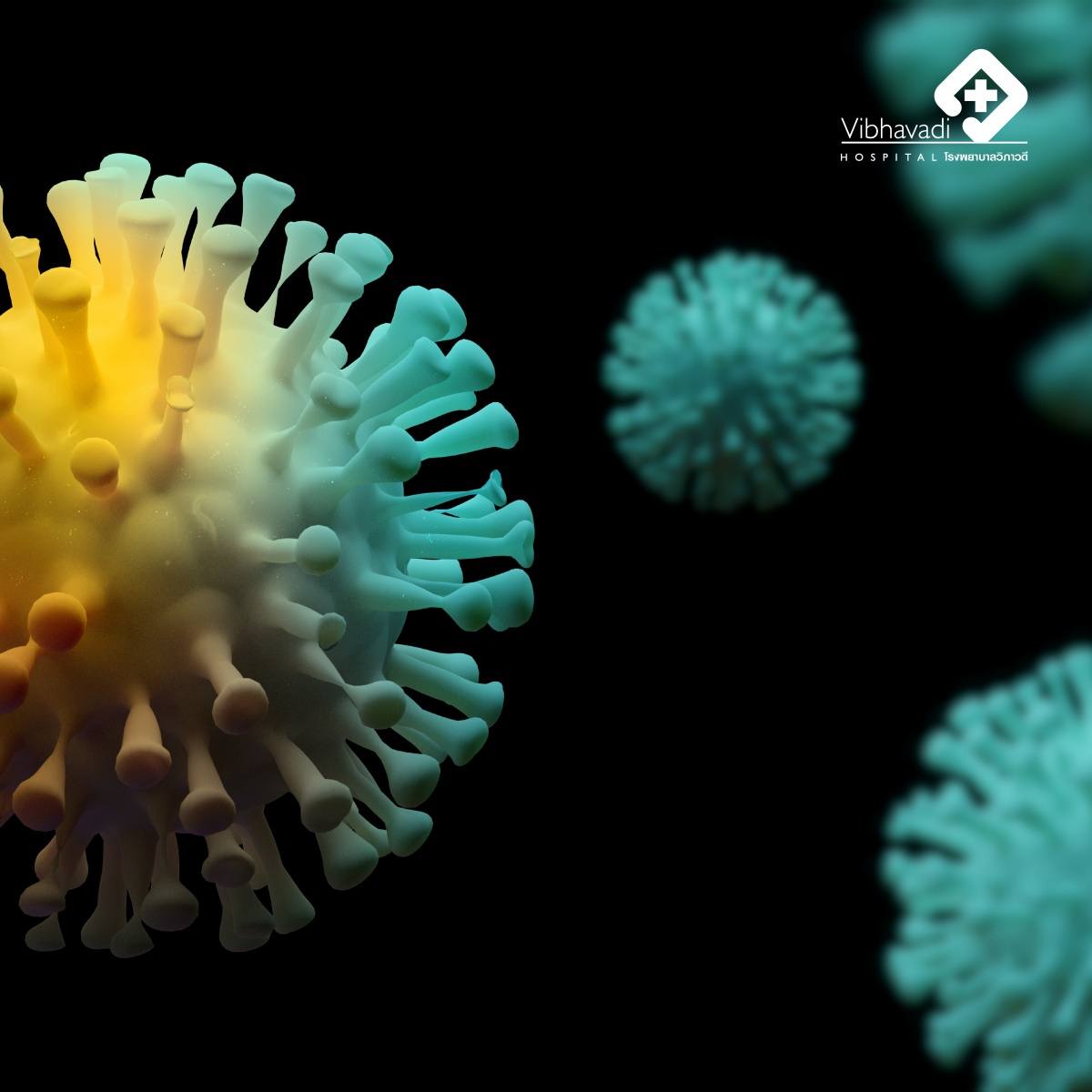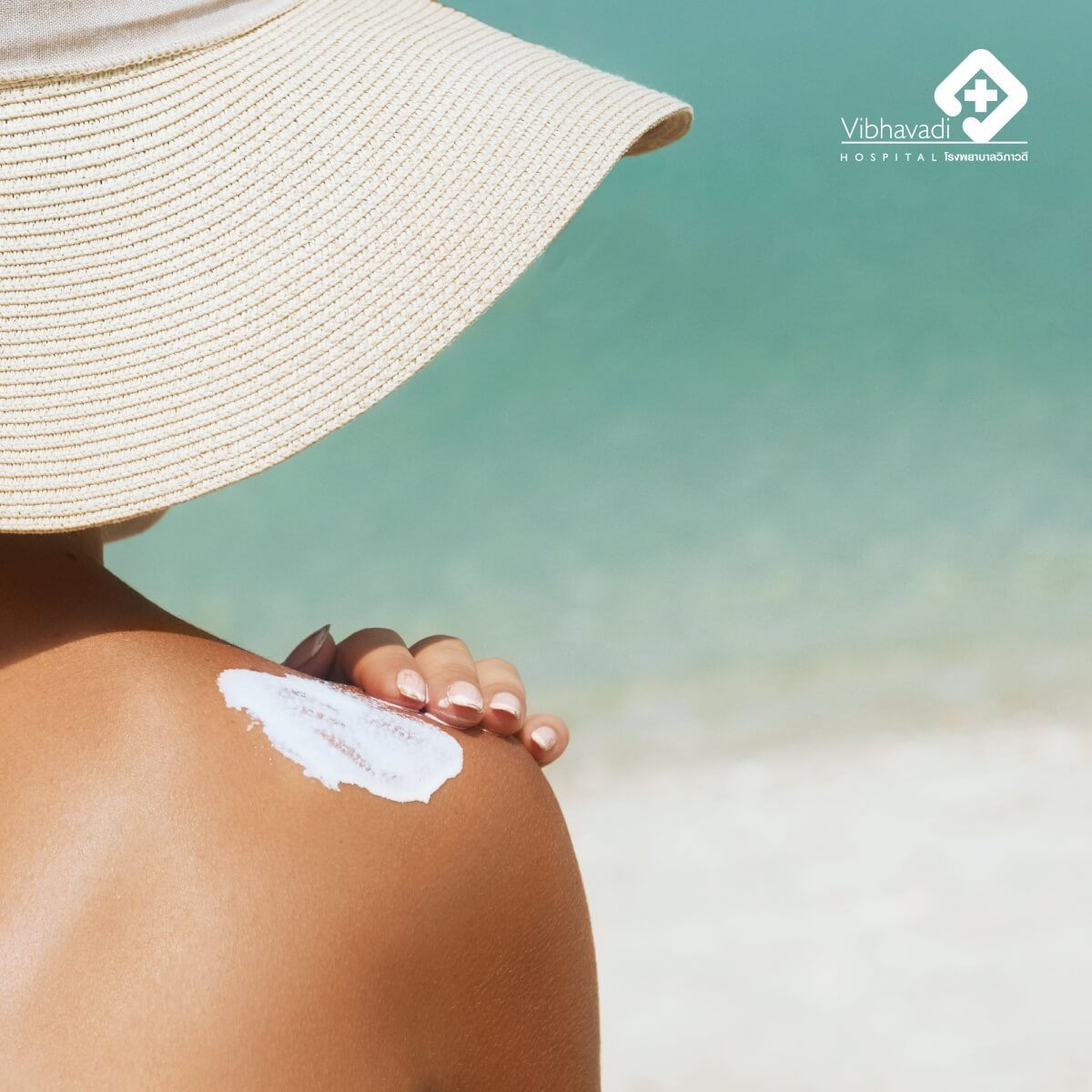Caring For A Radiant Complexion During The Summer Season
Caring For A Radiant Complexion During The Summer Season
By Dr. Thanyathus Sojaiya
Dermatologist specializing in skin diseases
Greetings to all readers. Today, I would like to share with you some tips on caring for your skin during the hot season. It's a recurring problem every year, including issues such as dark, dull, and sunburnt skin, peeling, and the appearance of freckles and melasma. Some individuals even experience extreme dryness and dehydration of the skin. As the weather gets hotter every day, many people try to escape the heat by seeking fresh air, and the most popular choice is probably the beach. However, I believe it's better for us to familiarize ourselves with sunlight and prepare ourselves to face the hot sun, which is considered a formidable enemy of the skin. By doing so, you can successfully overcome this hot season while maintaining a fresh and moisturized complexion.
Firstly, let's get acquainted with sunlight. Sunlight consists of electromagnetic waves, ranging from long to short wavelengths. In order, they are categorized as gamma rays, X-rays, ultraviolet (UV) radiation (UVC, UVA, UVB), visible light (purple, indigo, blue, green, yellow, orange, and red), and radiation. Normally, the Earth's atmosphere absorbs and filters out certain types of radiation, leaving only UVA, UVB, visible light, and infrared rays to reach the surface. During the hot season, the sun is closer to the Earth, resulting in an increased amount of these radiations reaching the surface. However, please remember that regardless of the season, even on rainy days without visible sunlight, there are still various types of radiation present. These radiations are like double-edged swords, offering numerous benefits, such as providing warmth to all living things, killing disease-causing organisms like bacteria, fungi, and viruses, aiding vision, and treating certain skin conditions like psoriasis. They also help in synthesizing vitamin D. However, they also have their downsides, particularly when it comes to skin health. Ultraviolet (UV) and infrared rays can cause skin darkening, tanning, sunburn, peeling, and occasionally the formation of blisters or bubbles. Furthermore, UV rays can damage the structural components of the skin, such as collagen and elastin, which are responsible for maintaining skin hydration. If these components are damaged, the skin becomes dry and loses its moisture, leading to premature aging (photoaging). Even worse, it can cause abnormal cell growth, genetic changes, and the development of abnormal skin cells, which may eventually lead to cancer.
However, regardless of our bodies being extraordinary, they possess mechanisms to protect and repair the damages caused by sunlight. The outermost layer of our skin, the epidermis, thickens to shield against harmful rays. Melanocytes, the cells responsible for producing melanin, work diligently to distribute melanin cells and prevent them from reaching the deeper layers of the skin where vital organs reside. Thus, it is fortunate for individuals with darker skin tones as they have a natural sunscreen-like protection.
Moreover, our bodies contain antioxidants that combat free radicals, which are partly generated by ultraviolet radiation. Additionally, there is a DNA repair process that activates when abnormal cells form. However, these mechanisms may not be sufficient if we expose ourselves to excessive amounts of radiation for prolonged periods. Therefore, it is crucial for us to provide assistance by:
- Avoiding sunlight during peak hours when radiation is intense, between 10:00 a.m. and 3:00 p.m.
- Choosing appropriate clothing, such as outdoor sportswear or golf attire, long-sleeved shirts, and possibly a wide-brimmed hat, umbrella, and sunglasses, to minimize the amount of radiation that reaches our bodies. However, individuals who spend time at the beach may have limited clothing options, making sunscreen even more essential.
The problem that follows is the multitude of options available in the market, with no less than 100 sun protection products. How can we choose the one that suits us? First, let's examine the types and categories of sunscreen.
The first type is reflective sunscreen (Physical Sunscreen), such as titanium dioxide and zinc oxide, which can reflect sunlight even with the application of a thin layer. However, using this type of sunscreen can leave a white, reflective appearance on the skin.
The second type is absorbent and filter sunscreen (Chemical Sunscreen), which absorbs and filters the radiation before it penetrates the skin.
Currently, many sunscreens on the market are a combination of both types. It is important to select a sunscreen that provides broad-spectrum protection, covering both Ultraviolet A/B (UVA/B) and Infra-red (IR) rays. Check the product label for the Sun Protection Factor (SPF), which indicates the level of protection against UVB-induced redness, both before and after application.
However, it is important to note that UVA protection does not have a standardized measure. It is recommended to look for the "PA" (Persistent Pigment Darkening) rating, with more "+" signs indicating higher UVA protection. Individuals with fair skin will benefit from higher SPF, while those with easily tanned skin can opt for lower SPF.
After considering the SPF and PA values, it is necessary to evaluate the water resistance of the sunscreen (Waterproof or Water-resistant) for activities involving water or excessive sweating.
The quantity of sunscreen used is also crucial. Applying an adequate amount and reapplying it regularly, approximately every 2-3 hours or after swimming or sweating heavily, is important. Fair-skinned individuals need to be more cautious as melanin disperses less and has a lower ability to absorb and protect against radiation. Additionally, currently trending are antioxidant-rich supplements or sunscreens with properties such as Vitamin A, C, E, and Co-enzyme Q10. Whether applied topically or consumed orally, these claims require further research and consideration based on individual judgment.
In conclusion, it is essential to study and consider these factors with careful judgment. If everyone can follow these guidelines, it means they have assisted in protecting their skin from the hazards of sunlight during the summer season. However, if issues persist, there is no need to lose hope. We have solutions available by consulting dermatologists, who can provide tailored advice to address specific concerns and ensure the utmost protection for your skin















